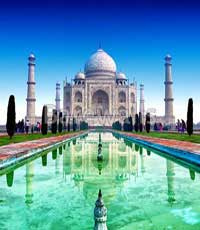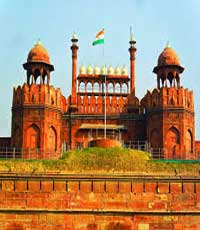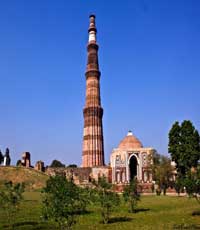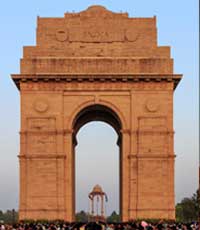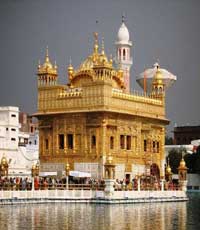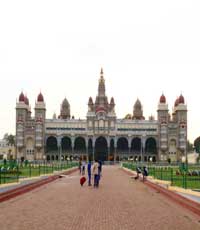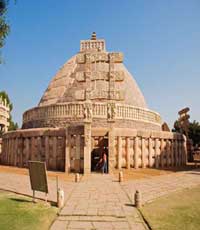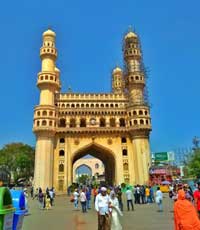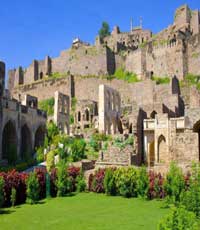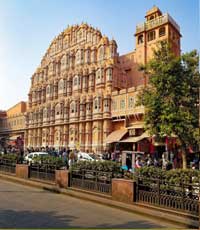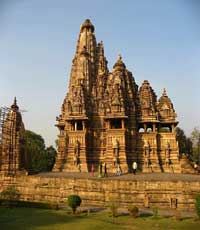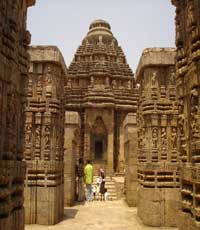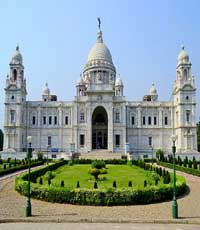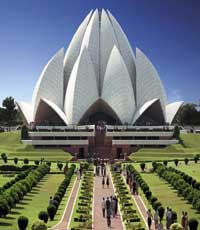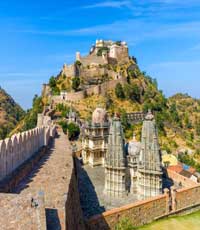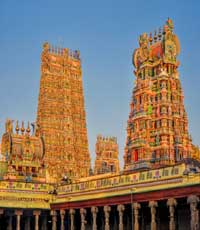Ajanta Ellora Caves
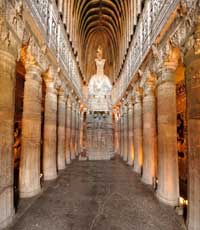
The Ajanta and Ellora caves near Aurangabad are India's contribution to the world of art. Preserved as a world heritage site by the UNESCO, the shrines here are handmade wonders cut out of rock.
Ajanta and Ellora are rock cut caves located close to Aurangabad, Maharashtra. While Ajanta primarily has sculptures and painting of ancient Buddhist religious art, the Ellora caves have remnants of Buddhist, Jain and Hindu architecture.
The Ajanta Caves are located amidst the Sahyadri Hills and are made by carving into the mountain side. The Ajanta cave temples are known for beautiful paintings. They date in the period between 200 BC and 650 AD and depict the story of Buddhism and the Jatakas. The Ajanta caves were used as the shelter of the Buddhist monks who were teachers in various Buddhist rituals. Various stories of the Jataka tales are depicted in the form of beautiful paintings. The paintings were made with herbal colors which make them more attractive and environment friendly. There are also some statues and sculptures of Lord Buddha. The sculptures were constructed with simple tools like hammers and chisels.
The Ellora Caves temples are located around 30 km from the city of Aurangabad. There are 34 caves in total and are carved into the sides of the hill. Unlike the Ajanta caves, the Ellora Cave temples are home to various monuments, carvings and sculptures relating to Hinduism, Buddhism and Jainism. The caves were made in the period between 350 AD and 700 AD. There are 12 Buddhist caves while 17 caves and 5 caves are related to Hinduism and Jainism respectively.
Ellora also has the 8th-century Kailashnath Temple, a free standing monolith carved top down out of mountain rock, depicting scenes from the Ramayana and Mahabharata.
